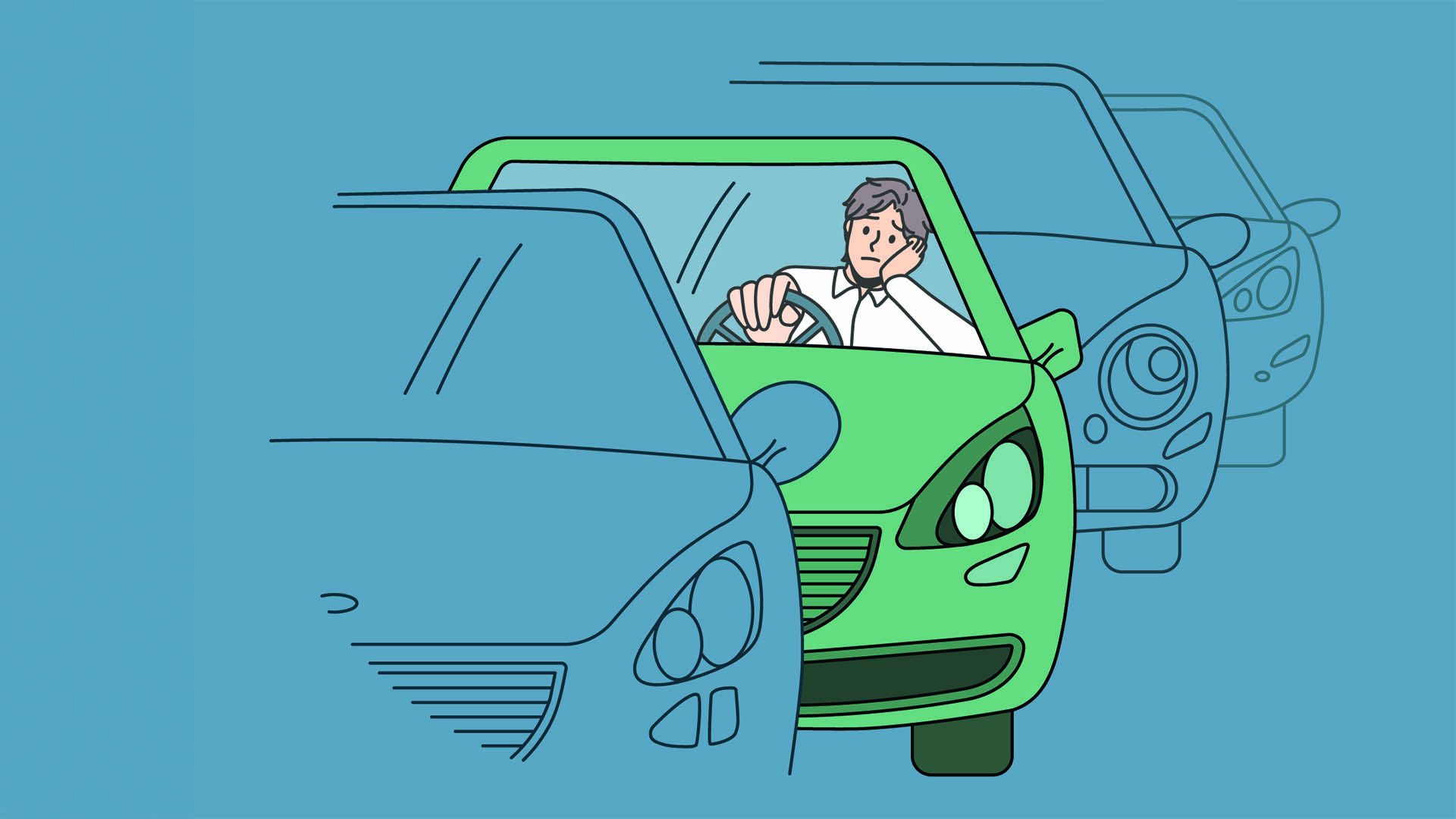Another strong month for the Australian labour market with more people looking for work, the ending of school holidays and continuing strong demand for workers seeing 33,000 new jobs and a small rise in the jobless rate to 3.5% from 3.4% the month before.
According to data from the Australian Bureau of Statistics (ABS) it was the first rise in the unemployment rate for 10 months – but the rise was due to a rise in the number of people working or looking for work – a big positive.
Lauren Ford, head of labour statistics at the ABS, said employment rose 33,000 people (0.2%) and unemployment by 14,000 and that saw the unemployment rate rise 0.1 percentage points to 3.5% returning to the same rate as June.”
The unemployment rate rose to 3.5% for men (up 0.1 percentage points), and remained steady for women at 3.4% in rounded terms.
The participation rate also rose, to 66.6%, consistent with the increase in employment and unemployment. The participation rate is now 0.2 percentage points below the record high in June and 0.7 percentage points higher than before the pandemic.
The participation rate rose for men and women (both up 0.2 percentage points).
Seasonally adjusted employment increased by 33,000 people (0.2%) in August.
The number of people in full-time jobs increased by 58,800, while part-time employment fell by 25,300 – a typical situation in a strong jobs market with a high level of demand from consumers and other areas convincing businesses to add more full-time employees.
The overall increase in full-time work was driven by NSW, which added almost 74,000 positions (and saw the unemployment rate in the state edge up to a still ultra-low 3.2%). In Victoria, full-time employment fell for a second consecutive month to be down by 25,100 since its record peak in June with the jobless rate up to 3.7%.
Tasmania and the Northern Territory saw big increases in the unemployment rate, rising 1.2 and 1 percentage points respectively to 4.9% and 4.5% respectively. But they are small markets and of not much importance nationally.
The WA rate of 3.1% is supported by the still strong demand for labour from resource projects in the state.
Unemployment fell by half a percentage point to 3.2% in Queensland.
Seasonally adjusted hours worked rose by 0.8% in August fully reversing July’s 0.8% drop in hours worked which was due to the school holidays and continuing Covid infections.
“The August rise in employment and hours occurred after the winter school holidays and flooding events in New South Wales, where we saw more people than usual working fewer hours in July.
“COVID-19 and other illness related worker absences continued to be reflected in hours worked in August.
“The number of people working reduced hours due to being sick remained elevated in August, at around 760,000 people. This is around double the number we typically see at the end of winter,” Ms Ford said.
…………
Meanwhile figures out this week confirm just how hard nearly one million Australians are working.
The figures help destroy (again) one of the enduring fair tales of Australian life – especially among older folk and right-wing politicians — that many Australians are a lazy mob, not wanting to work.
So it will come as a surprise to a lot of people that the Australian Bureau of Statistics latest report on multiple job holders finds that, like job vacancies, the number of people holding down two or more jobs hit an all-time high in the June quarter.
The ABS reported on Wednesday that 900,000 people held two or more jobs – up 4.3% from the March quarter and equal to 6.5% of all those unemployed.
Looked at another way, it was almost double the 493,000 people unemployed in June.
According to Lauren Ford, head of Labour Statistics at the ABS, this isthe highest rate since the quarterly series commenced in 1994, and about 0.5 percentage points above its pre-pandemic level.
And it doesn’t stop there, according to Ms Ford “Along with the 4.3 per cent increase in the number of multiple job holders, the number of jobs worked as secondary jobs also increased, by 5.5 per cent, and passed 1 million for the first time. This highlights that some people work more than two jobs at the same time.”
The number of filled jobs also reached a record high of just under 15 million, an increase of 2.2% in the June quarter. There was also a 14.3% increase in vacant jobs.
Hours worked increased by 2.9% for the June quarter, following the fall in the March quarter associated with the initial impacts of the Omicron variant and floods in Eastern Australia, especially northern NSW.
“The increase in secondary jobs and hours worked since early in the pandemic has coincided with a large fall in the number of part-time and full-time workers who would like to work more hours, with underemployment now at historical lows,” Ms Ford said.













